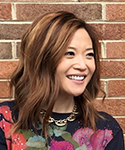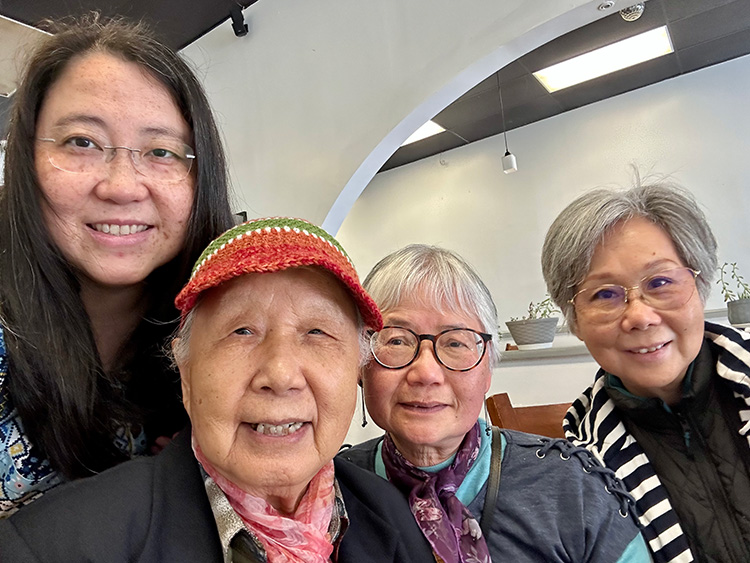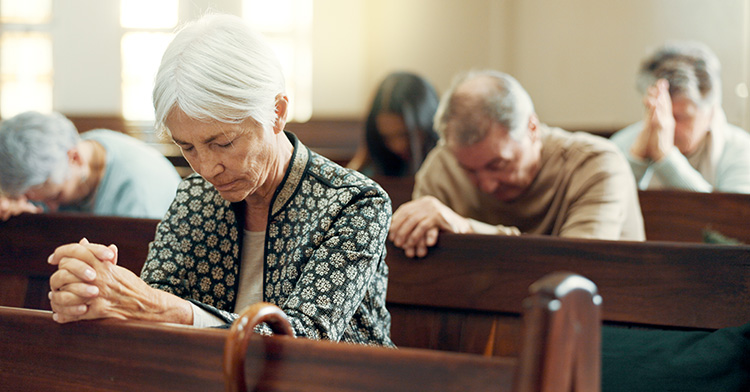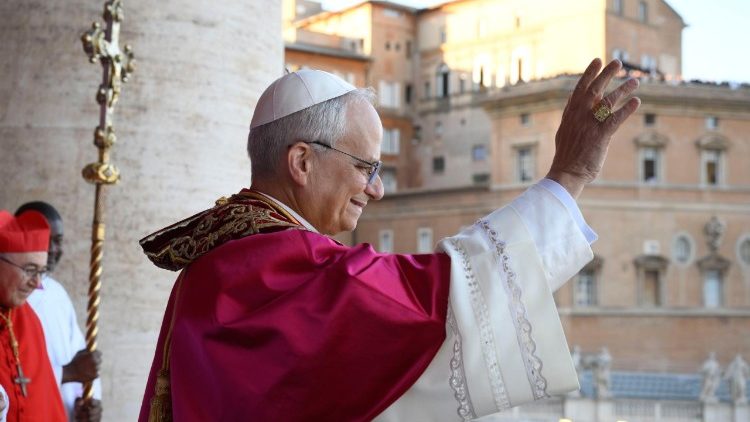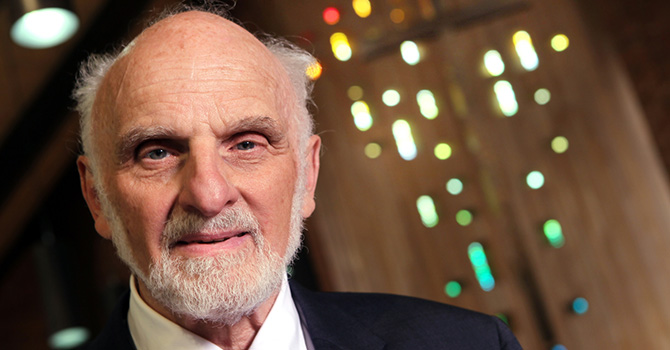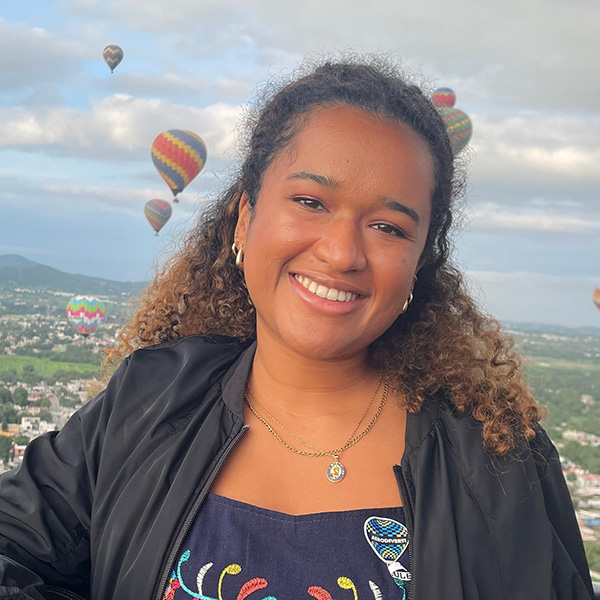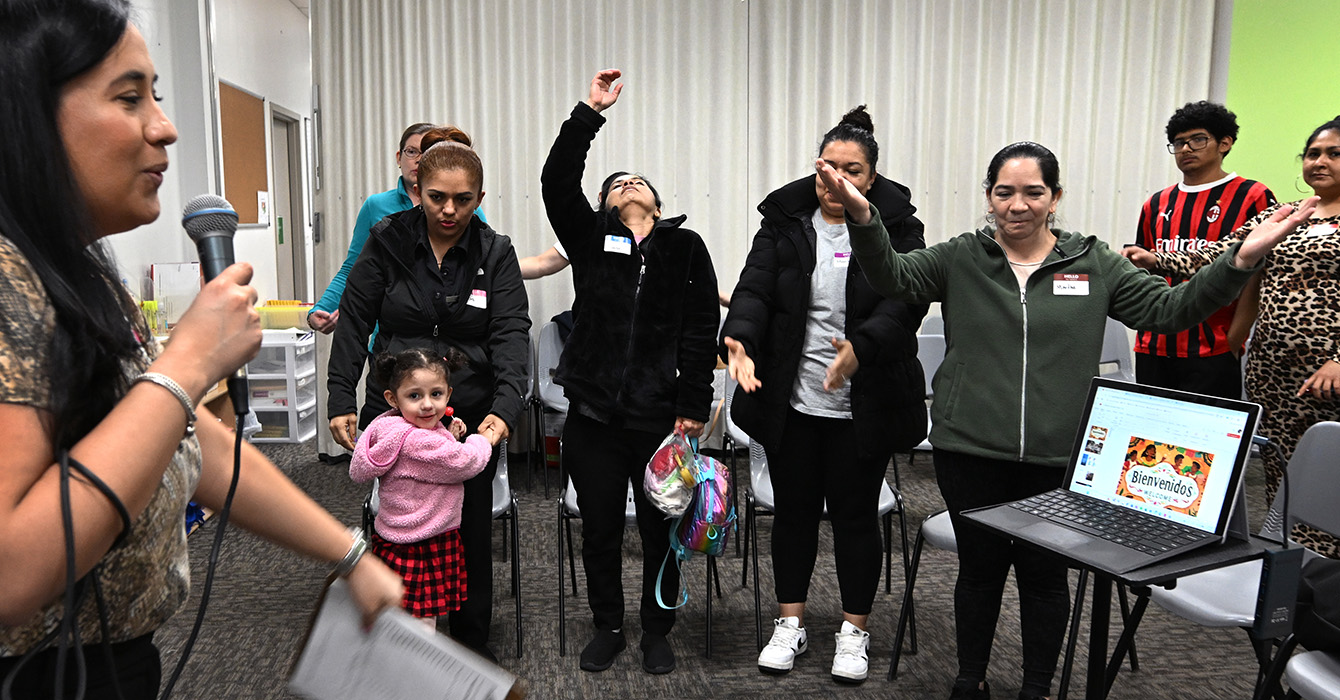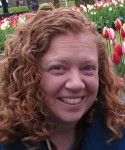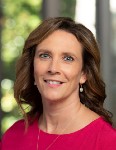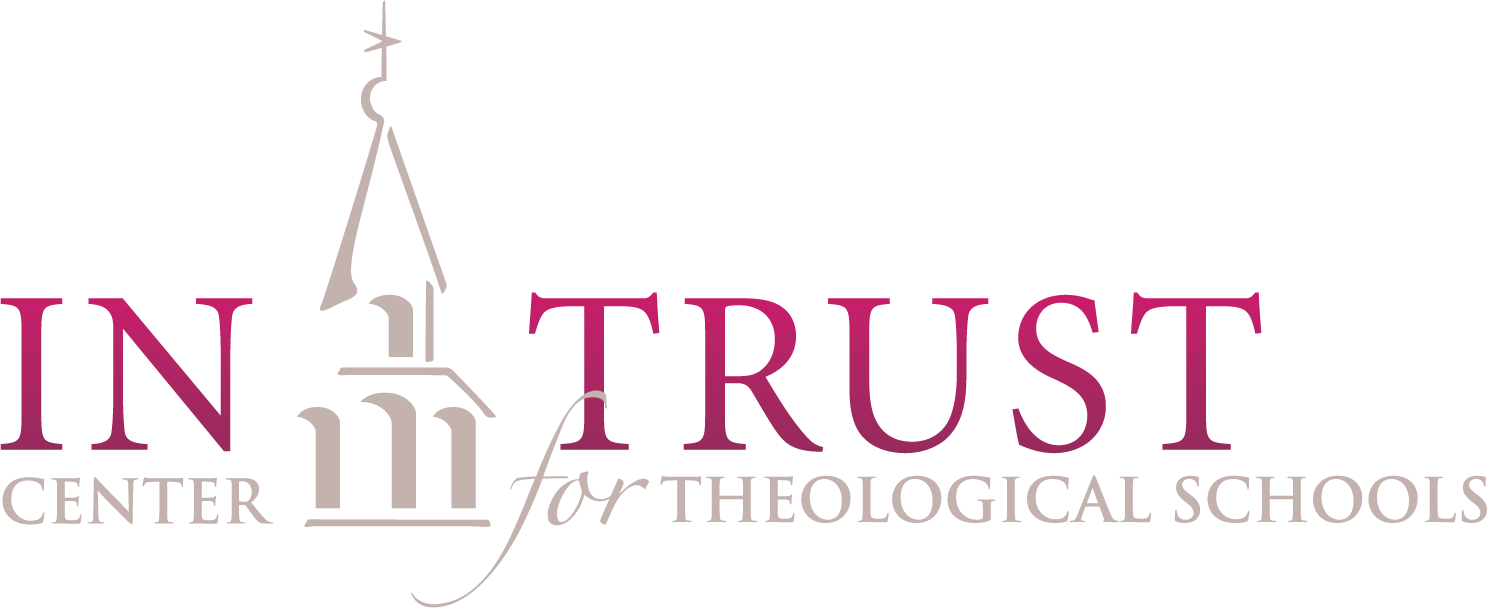As a pastor and social worker in San Francisco, Jane Lam noticed that many of the senior citizens she worked with lived in affordable housing apartments in the city’s Tenderloin and South-of-Market (SOMA) districts. She also realized that most of the buildings’ residents were Chinese immigrants.
Lam came to the U.S. from Hong Kong at 12 and is fluent in Mandarin. She experienced a deep sense of God’s call toward the people who filled those high-rise buildings and shared her ethnic heritage. That call would lead her to imagine and cultivate an uncommon Christian community.
According to the Department of Disability and Aging Services in San Francisco, 23% of San Francisco residents were 60 and older as of 2020, with that number projected to be closer to 30% by 2030. Most of these seniors are immigrants from Asia, and many of them live at or below the poverty line.
For elderly immigrants, life comes with challenges. They may not be set up well for retirement and may rely on living with their children or other family members to be sustained financially. This plan is fragile, and many end up without a social or financial safety net.
In addition, elderly immigrants from Asia have been facing racial insults and physical attacks during the recent rise in anti-Asian sentiment. Unable to defend themselves, they may fear going outside and limit their participation in church and community activities, leading to loneliness and isolation. Without strong social connections — such as friends to guide one another in translating documents into English — many lack resources to help them flourish in their later years.
The call to Lam was clear: Create Christian community with San Francisco’s Chinese immigrants living in low-income senior housing. After spending four months praying, planning and gathering church partners and other stakeholders, she hosted the first house church gathering of the Tenderloin Chinese Outreach with a small group of residents from one apartment building in 2013.
Over the next few years, the worship service grew to five house churches, gathering in various building across the Tenderloin and SOMA. After rebounding from the devastating effects of COVID deaths during the lockdown, participation has remained steady at three house churches. Today, in addition to hosting weekly worship services, the churches offer monthly Eucharist, teatime Bible studies and other invitational community events.
Lam wanted to enlist ministry volunteers from neighboring Chinese churches to help with things like transportation, hospitality and outreach. But the church’s location in the Tenderloin district was a challenge for many, in terms of both safety and access, and she found it difficult to rely on a steady stream of volunteers.
She realized that the most reliable ministry volunteers she would ever find were right in front of her. Lam catalyzed the residents to meet their own needs and desires for the church’s flourishing, and they enthusiastically volunteered. She lovingly jokes that the youngest deacons are in their 80s, and that the only challenge of this leadership team is its “high turnover rate.”
Marveling at the blessings of what has become the Tenderloin Chinese Outreach, I am confronted with my biases. For me, church planting brings to mind recruiting young adults and families for their fresh new ideas and boundless creativity. I think of strategic people who know how to fill the pews and run efficient and effective ministry teams.
Some church plants might decide to implement volunteer projects among people who are poor, elderly or immigrants, but nowhere in my imagination did I envision church planting with a team of poor elderly immigrants, run and governed for the most part by themselves. That is a limitation I imagined — not a reality.
Ageism can be pervasive even while unacknowledged and unaddressed. I suspect that it is prevalent in many churches. I often hear of young pastors at churches with aging populations lamenting the challenge they face fostering change. But whenever I talk to Lam, she tells me stories that reflect how flexible and creative her church members are.
For instance, when the residents were quarantined in their apartments without smartphones or even the internet during the pandemic lockdown, they diligently used their landline phones to dial into a conference call to hear Lam’s sermon and attend weekly Bible studies. Using an old-school but reliable technology was exactly the solution to help their church continue worshipping during an otherwise horribly isolating and lonely time. This kind of creative adaptation and collaborative problem solving confronts my ageism and humbles me in ways I never knew I needed.
Reflecting more deeply on the Tenderloin Chinese Outreach, I realize that this community understands how to hold both joy and lament in constant tension. Many of the residents celebrate baptisms while simultaneously planning and attending each other’s funerals. They honor the gifts that each member brings to the church for a season short or long, knowing that the next leader will carry forward the work in new ways. They care deeply for one another, facilitating safety workshops to address anti-Asian hate and making care packages for those who are sick or homebound.
This is what beloved community in context looks like deep within a cluster of buildings providing affordable senior housing. By its witness, I am transformed in my understanding of how and through whom Christian leadership appears.
Marveling at the blessings of what has become the Tenderloin Chinese Outreach, I am confronted with my biases.

